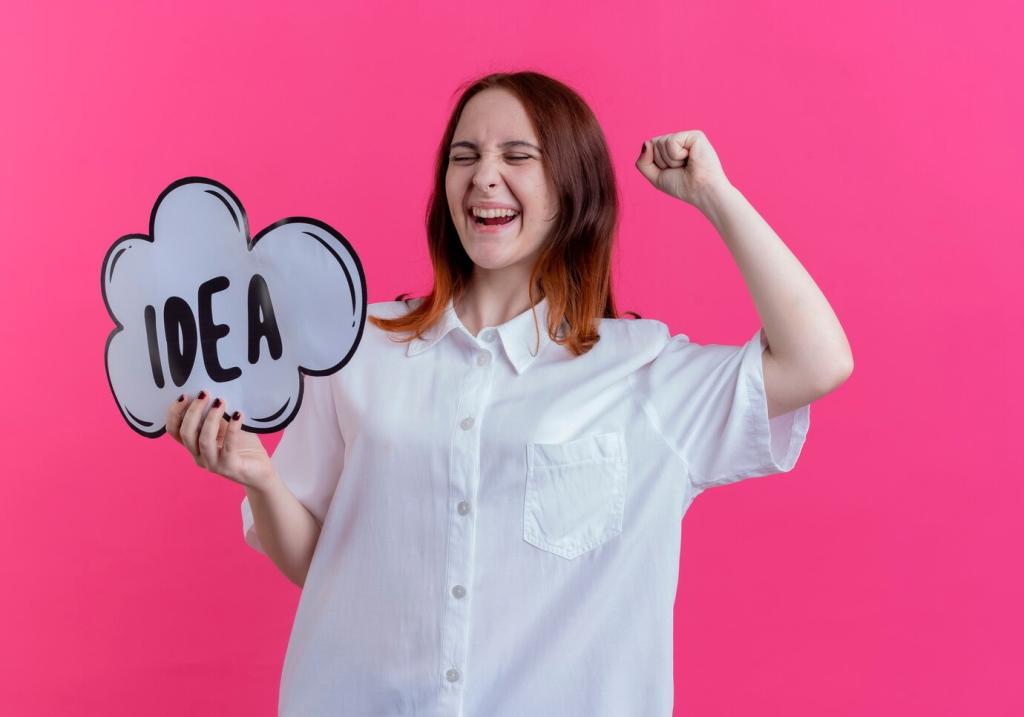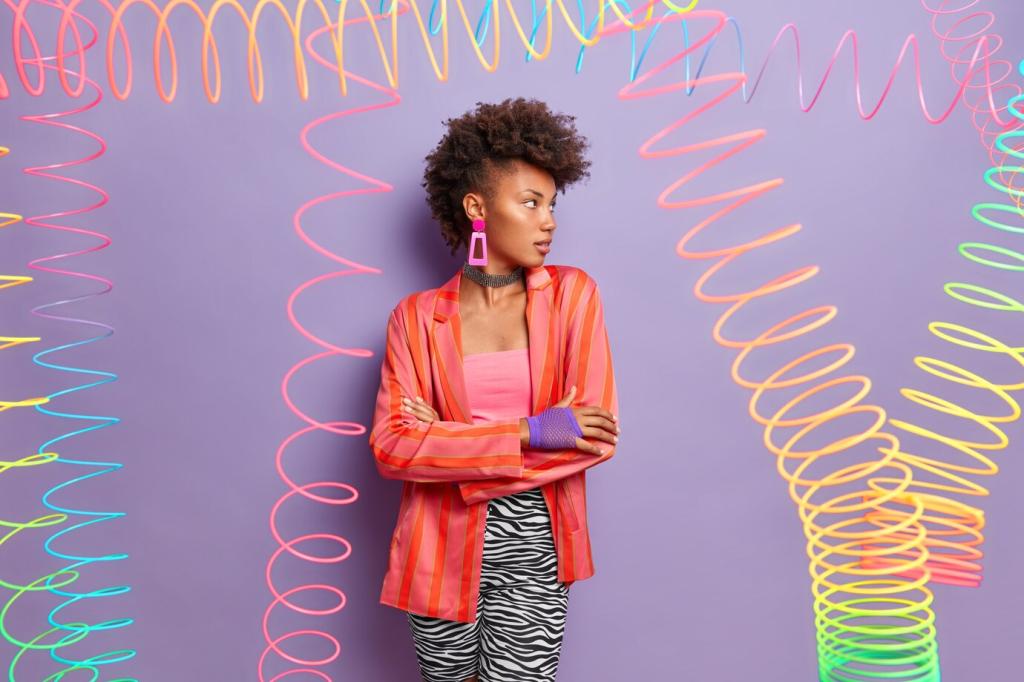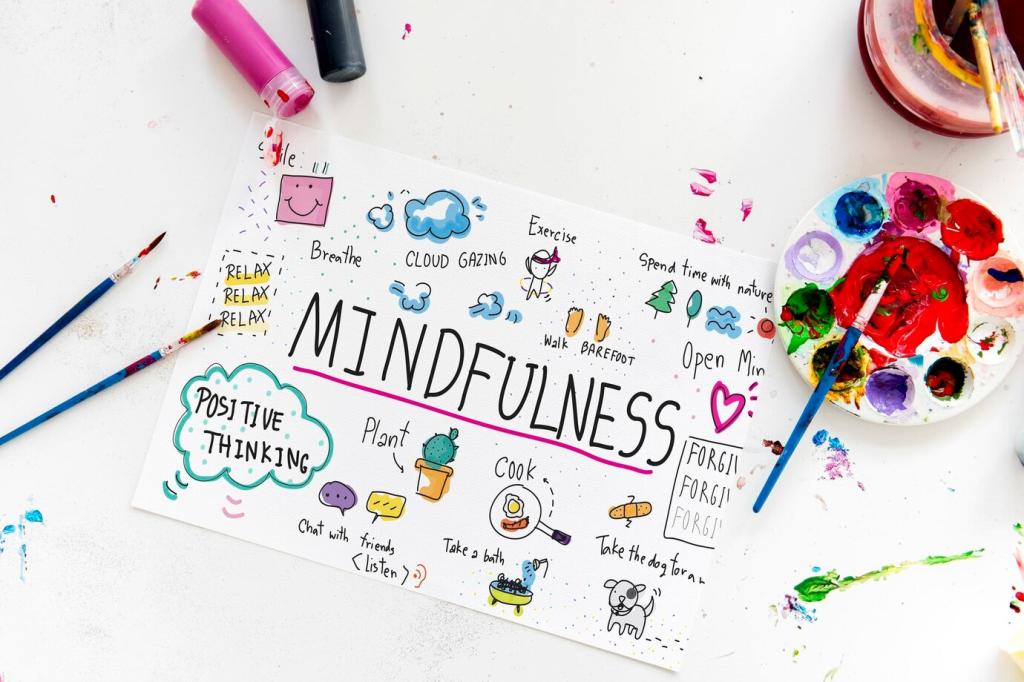Yoga for Artists: Flexibility in Body and Mind
Yoga offers more than physical benefits; for artists, it becomes a vital practice for nurturing creativity, relieving stress, and enhancing both mental and physical flexibility. Whether you work with paints, digital media, or sculpting materials, the connection between the body and mind plays a crucial role in artistic expression. This page explores how yoga can help artists not only stretch their muscles but also expand their creative potential, inviting a harmonious balance between productive output and personal well-being.
Breathwork and Imagination
Pranayama, the practice of conscious breath control, forms the foundation of many yoga disciplines. For artists, learning to manipulate the breath can mean unlocking fresh perspectives. When the breath is smooth and intentional, the mind follows suit—entering a calm, open state that encourages imagination to flourish. This enhanced state of mental clarity can lead to new ideas, innovative problem-solving, and a deeper engagement with creative work. Over time, artists who practice breathwork may find inspiration flows more readily, making artistic sessions more productive and fulfilling.
Mindfulness as a Creative Tool
Yoga encourages practitioners to be present in the moment, focusing entirely on the sensations of body and breath. This mindfulness extends to the artistic process, where being deeply engaged with the work at hand can result in more authentic and spontaneous creations. When distractions fade away, the mind becomes a fertile ground for original thinking and intuition. Artists who cultivate mindfulness through yoga are often able to access moments of pure creative expression where self-doubt and hesitation dissipate.
Breaking Through Creative Blocks
Every artist faces moments of stagnation when ideas seem elusive or motivation is low. Yoga offers powerful techniques for releasing physical tension and calming anxious thoughts, both of which can contribute to creative blocks. Gentle movement, combined with mindful breathing, helps dissipate stress and restores emotional equilibrium. With regular practice, artists may notice that these periods of stagnation become shorter and less frequent, replaced by a steady flow of inspiration and renewed enthusiasm for the creative journey.
Enhancing Physical Flexibility and Posture
Sculptors, painters, illustrators, and digital artists frequently experience fatigue and strain in the back, neck, hands, and wrists. Yoga poses specifically designed to open the shoulders, stretch the spine, and relieve wrist tension can be especially beneficial. Practicing targeted movements counteracts the repetitive motions of art-making, helping to prevent chronic issues before they develop. With improved physical resilience, artists can work for longer periods with greater ease and less discomfort, allowing more time for creative focus.


Emotional Release Through Movement
Physical movement in yoga provides a safe and structured way to release pent-up emotions that can stifle creativity. Asanas, or poses, invite practitioners to stretch and open parts of the body where stress and anxiety often reside. This physical release frequently leads to emotional catharsis, leaving artists feeling lighter and more centered. By embracing these moments, artists can transform pain or frustration into creative energy, harnessing the full spectrum of their emotional experiences in their work.

Meditation for Clarity and Focus
Meditation is central to many yoga practices and offers profound benefits for creative minds. By dedicating time to sitting quietly and observing thoughts without judgment, artists learn to cultivate focus and clarity. This meditative state can quiet the inner critic, making space for constructive self-reflection and creative planning. Over time, meditation bolsters attention span and fosters a balanced outlook, enabling artists to approach each project with a clear head and renewed confidence.
